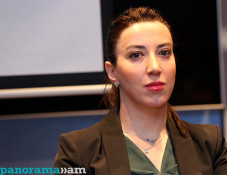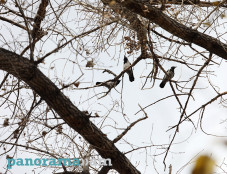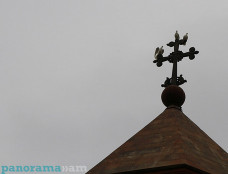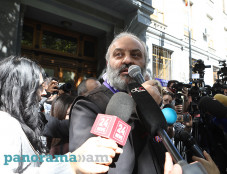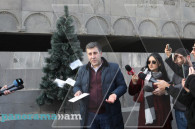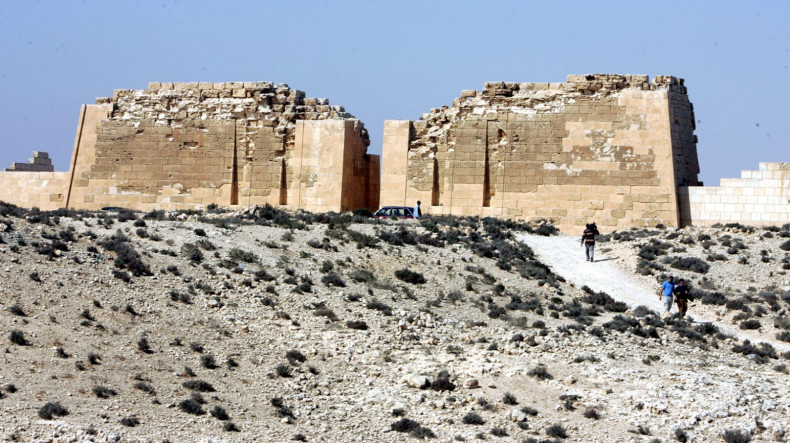
Archaeologist says tunnel found beneath Egyptian temple may lead to Cleopatra's tomb
Kathleen Martinez, an archaeologist at the University of Santo Domingo, has been searching for the lost tomb of Cleopatra for nearly 20 years. Now she believes she's made a pivotal breakthrough, CNN reports.
Martinez and her team uncovered a 1,305-meter (4,281-foot) tunnel, located 13 meters (43 feet) underground, the Egyptian Ministry for Tourism and Antiquities recently announced -- an architectural design experts called an "engineering miracle."
"The excavation revealed a huge religious center with three sanctuaries, a sacred lake, more than 1,500 objects, busts, statues, golden pieces, a huge collection of coins portraying Alexander the Great, Queen Cleopatra and the Ptolemies," Martinez told CNN.
.jpg)
"The most interesting discovery is the complex of tunnels leading to the Mediterranean Sea and sunken structures," she added. Exploring these underwater structures will be the next stage of her search for the Egyptian queen's lost tomb -- a journey that began in 2005.
"My perseverance cannot be confused with obsession. I admire Cleopatra as a historical character. She was a victim of propaganda by the Romans, aiming to distort her image," Martinez said.
"She was an educated woman, probably the first one who studied formally at the Museum in Alexandria, the center of culture in her time," according to Martinez, who said she admires Cleopatra as a student, a linguist, a mother and a philosopher.
According to a statement issued by the Ministry of Tourism and Antiquities, the Egyptian coastline has been battered by earthquakes over the centuries, causing parts of the Taposiris Magna to collapse and sink under the waves.
This is where Martinez and her team are looking next. Although it is "too early to know where these tunnels lead," she is hopeful.
If the tunnels lead to Cleopatra, "it will be the most important discovery of the century," she said.
.jpg)
Newsfeed
Videos







